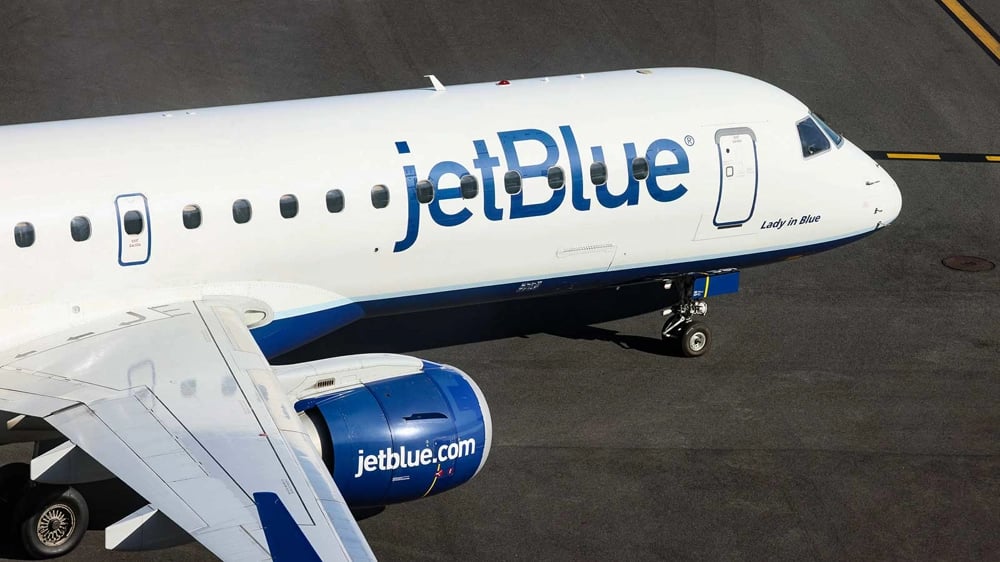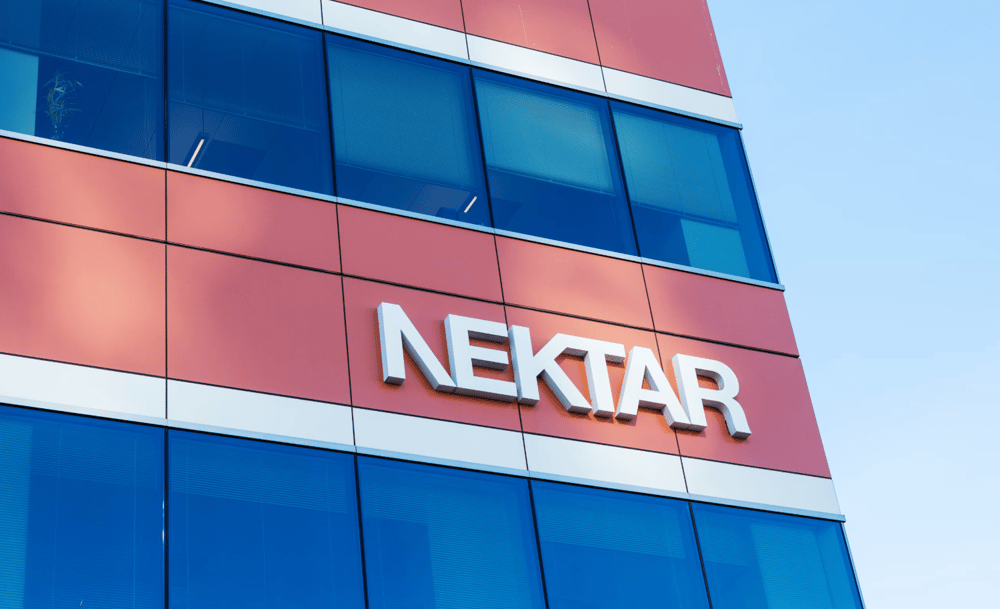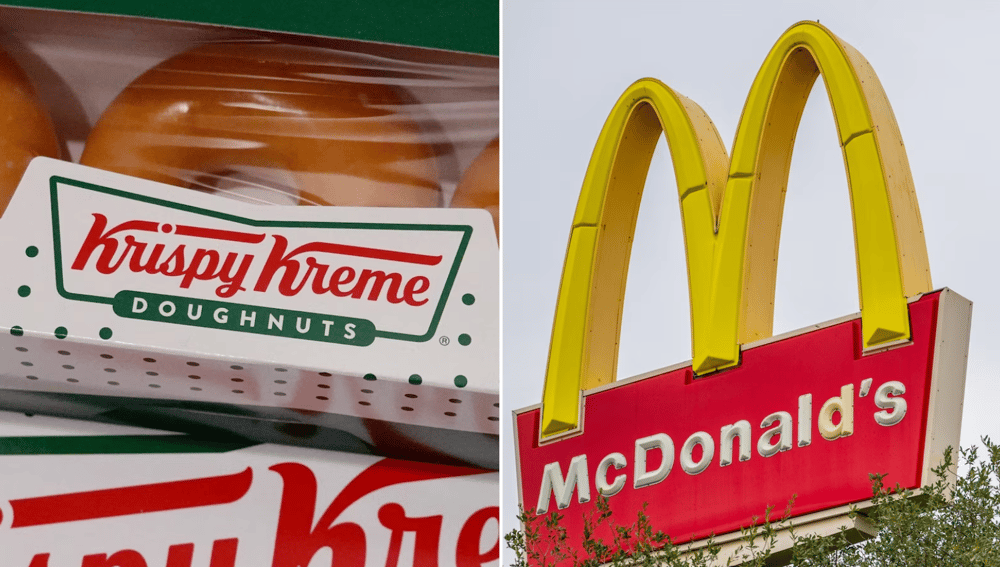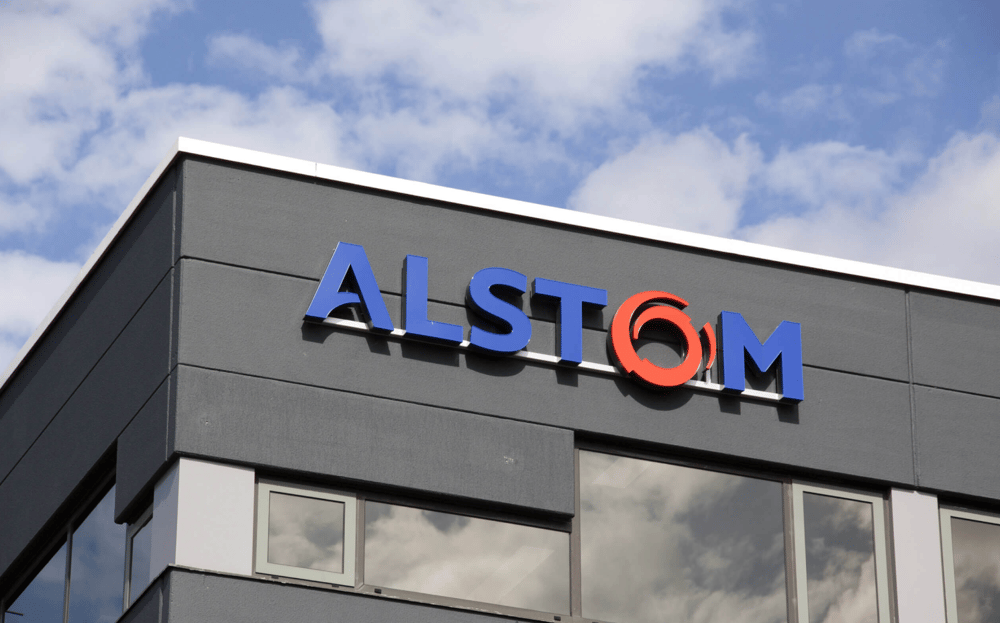JetBlue Scales Back Operations Amid Sluggish Travel Demand
JetBlue Airways Corp. $JBLU has unveiled a revised cost-reduction strategy in response to underwhelming travel demand that continues to weigh on the airline’s recovery trajectory. CEO Joanna Geraghty acknowledged that the lower-than-expected bookings are likely to delay the company’s return to profitability, prompting a recalibration of JetBlue’s operational and capital expenditure plans.
Operational Cutbacks to Preserve Liquidity
To mitigate the financial impact, JetBlue is pursuing a multipronged approach aimed at lowering its fixed and variable costs. The airline will implement the following measures over the coming quarters:
Scale back flight schedules across underperforming routes;
Suspend ongoing aircraft cabin upgrades and modernization programs;
Accelerate the retirement of select Airbus aircraft models.
This operational streamlining reflects broader caution across the U.S. airline sector, where rising input costs and inconsistent consumer demand are challenging prior post-pandemic growth assumptions.

Financial Implications and Market Reaction
The announcement triggered an immediate market response. JetBlue shares dropped 5% following the disclosure of the revised outlook and strategic shift. Investors appear concerned that the airline’s delayed timeline for profitability could signal structural headwinds beyond short-term demand softness.
JetBlue has already faced pressure from rising jet fuel prices (USD) and intensifying competition in core markets, particularly in the northeastern United States. The revised approach marks a notable pivot from its prior growth-oriented stance and underscores management’s emphasis on cash preservation and cost discipline.
Delays in Long-Term Recovery Timeline
CEO Geraghty’s acknowledgment of an extended road to profitability reflects a more conservative macroeconomic stance. While the company has previously indicated confidence in travel rebound trends, the latest commentary suggests that those expectations have moderated amid fluctuating consumer behavior and elevated interest rates impacting discretionary spending.

Industry-Wide Challenges Intensify
JetBlue’s decision aligns with a broader recalibration across the aviation industry. Multiple carriers have recently revised capacity plans, citing reduced forward bookings and increasing operational expenses. In particular, capital-intensive projects such as fleet upgrades are being deprioritized in favor of liquidity management and core service optimization.
Factors Influencing JetBlue’s Cost Realignment
Persistent softness in leisure and business travel recovery post-COVID;
High maintenance and fuel costs undermining profitability margins;
Regulatory and labor cost pressures in domestic U.S. markets;
Shifting consumer preferences toward low-cost and flexible travel options.
JetBlue’s recalibrated strategy marks a pragmatic response to evolving market conditions. While the reduction in capacity and suspension of upgrades may dampen near-term growth potential, they are likely essential steps toward financial stabilization. The airline’s trajectory will hinge on demand normalization and the successful execution of its revised cost structure.















Comments
JetBlue's updated strategy shows they're taking the right steps, but it's tough to see the recovery timeline getting pushed back.
It's tough to see JetBlue navigating these choppy waters, but a smart strategy could turn things around.